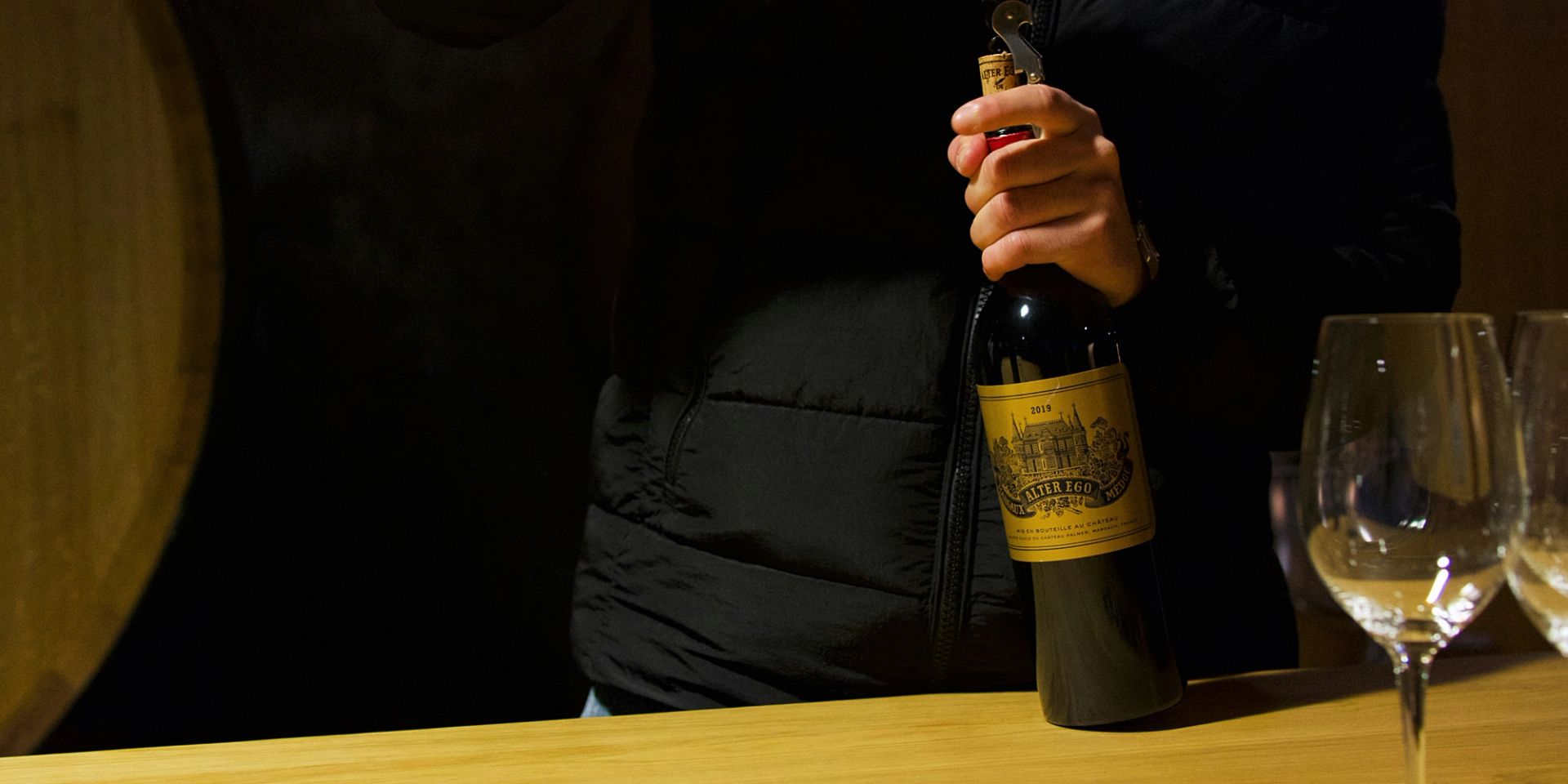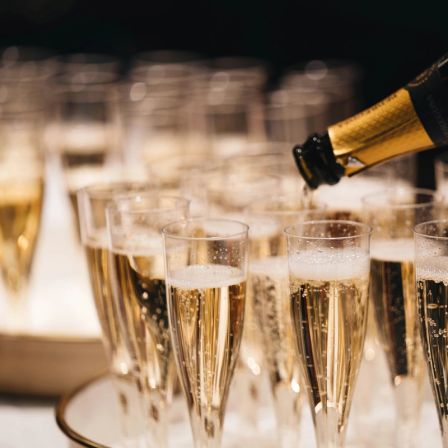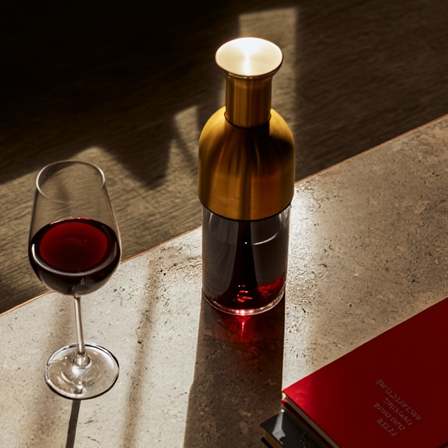- Advice
How to find the true gems on a restaurant wine list
How to outsmart the markups, charm the sommelier, and find true value behind the wine list.
- Words By Tom Gilbey

Restaurants tend to make over 50% of their profit from wine. They mark it up anywhere between three to five times the cost price. They don’t produce it themselves (with very few exceptions). And they pay their suppliers 30 to 120 days from the date they’re invoiced. Sometimes they’re even paid by us before they’ve paid for it themselves. It’s all super saucy, really.
But there’s restaurants and there’s restaurants, of course, so it’s a huge generalisation to be lumping all of their wine practices and motives together. But for the purposes of this article I’m talking about the busy, buzzy restaurants of the world. They’re good places, but they’re not white table cloth, fine-dining experiences with a sommelier and a vast, vaulted cellar. Think neighbourhood brasseries and good gastropub, with a wine list of maybe 40 to 100 wines, covering all styles and flavours.
Off the list, onto your table
At this level, restaurateurs have got to be clever to guide us to a wine that we’ll enjoy and ensure they get the proper sales mix. Their challenge is to provide a wine list that will satisfy all of us, regardless of knowledge and experience and taste — and they’ll really be categorising their wines into three groups: the ‘fill the till’ section; the ‘filler’ section; and the ‘premium’ section, where, once you get past the Chablis on the whites and the Chateauneuf du Pape on the reds, you’ll find terrific wines that they’re marking up a great deal less.
They’ll be working to the 80/20 rule: the rough guide that 80% of their sales will come from 20% of their wine list.
Let’s start with the ‘fill the coffers’ section. What we buy in supermarkets is pretty much reflected in what we choose in restaurants, and the clever restaurateur will know this and structure this section accordingly. They’ll be working to the 80/20 rule: the rough guide that 80% of their sales will come from 20% of their wine list. They’ll be buying the wines in this section at the best prices and selling them for the most they possibly can. Listed from top to bottom, they are almost always the following.
Classic ‘fill the till wines’:
- House wines — all three of them (red, white, rosé)
- A Prosecco
- A Provence Rosé
- A Picpoul de Pinet (it used to be a Pinot Grigio back in the day)
- A New Zealand Sauvignon Blanc
- An Argentinian Malbec (this can do 50% of all red wines sales for some restaurants.)
This doesn’t mean we shouldn’t go for these wins, though. The good restaurants will have worked hard to source outstanding examples of these styles so we can really enjoy handing over our hard earned cash.
The fun really comes with the ‘filler’ section, however. These are the wines that fill the gap between house white and the New Zealand Sauvignon and between house red and Argentinian Malbec. It’s here that you’ll find some gems.
The fun really comes with the ‘filler’ section, however.
Top filler wines to look out for:
- Crémant de Bourgogne. Or Crémant from anywhere in France for that matter, instead of Prosecco
- Vinho Verde (White) from Portugal
- Gruner Veltliner (White) from Austria
- Côtes de Gascogne (White) from France
- Southern Italian Red — Primitivo or Nero d’Avola
- Northern Italian Red — from Veneto or Piemonte
- Syrah (Red) — from Languedoc in France, Chile, South Africa, or anywhere really
The Premium Bit - often good value:
Get past the Chablis and the Chateauneuf du Pape and you’ll find terrific wines with low mark ups such as:
- English Sparkling Wine
- Proper White Burgundy - Meursault, Puligny-Montrachet etc.
- Good Bordeaux - Margaux, Pomerol etc.
- Delicious Italian - Barolo, Brunello di Montalcino etc.
- Big Name Red Burgundy - Gevrey Chambertin etc.
Yes these may look expensive but they could be on lists at between £60 and £100, they’ll often be well chosen, delicious wines where a simple and not so greedy cash margin has been popped on the top.
What do I need to spend here to get a really tasty bottle of wine?
Thankfully we’re seeing more and more restaurants investing time and money in their wine offering. And they’re investing in their staff so they can help us enjoy a decent glass or two. You’ll know it when you’re in one of these places — an eclectic wine list, maybe on a blackboard, all jumbled up pricewise with a rogue natty wine or two on there, as well. In these — and in any restaurant with a sommelier — I’d always ask their advice. Tell them what you’re happy to spend and invite them to impress you. Don’t be shy. And here’s the killer line to put you in the driving seat and get true value: “What do I need to spend here to get a really tasty bottle of wine?” Mr, Miss or Mrs Somm will look a right prat if they then whip out a £350 bottle.
Come on in the Chablis lovely, Your new home of drinks.
Stay up to date with all the latest from House Of Decant.





